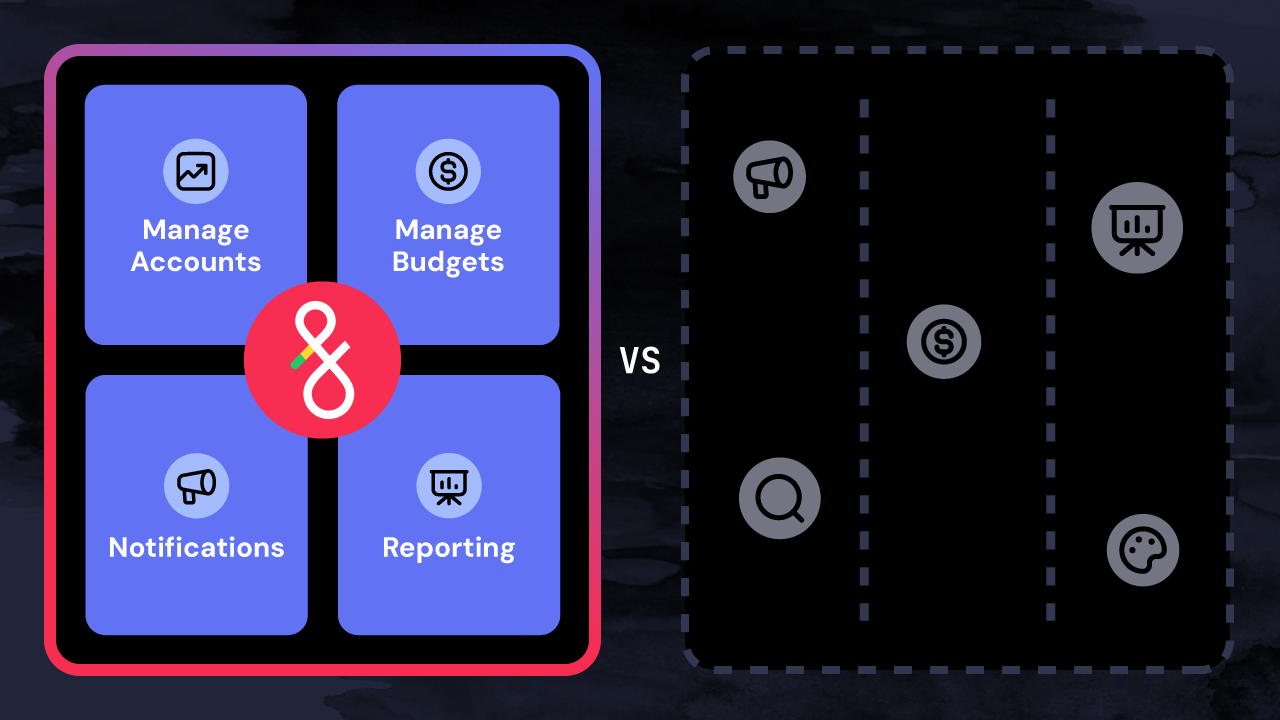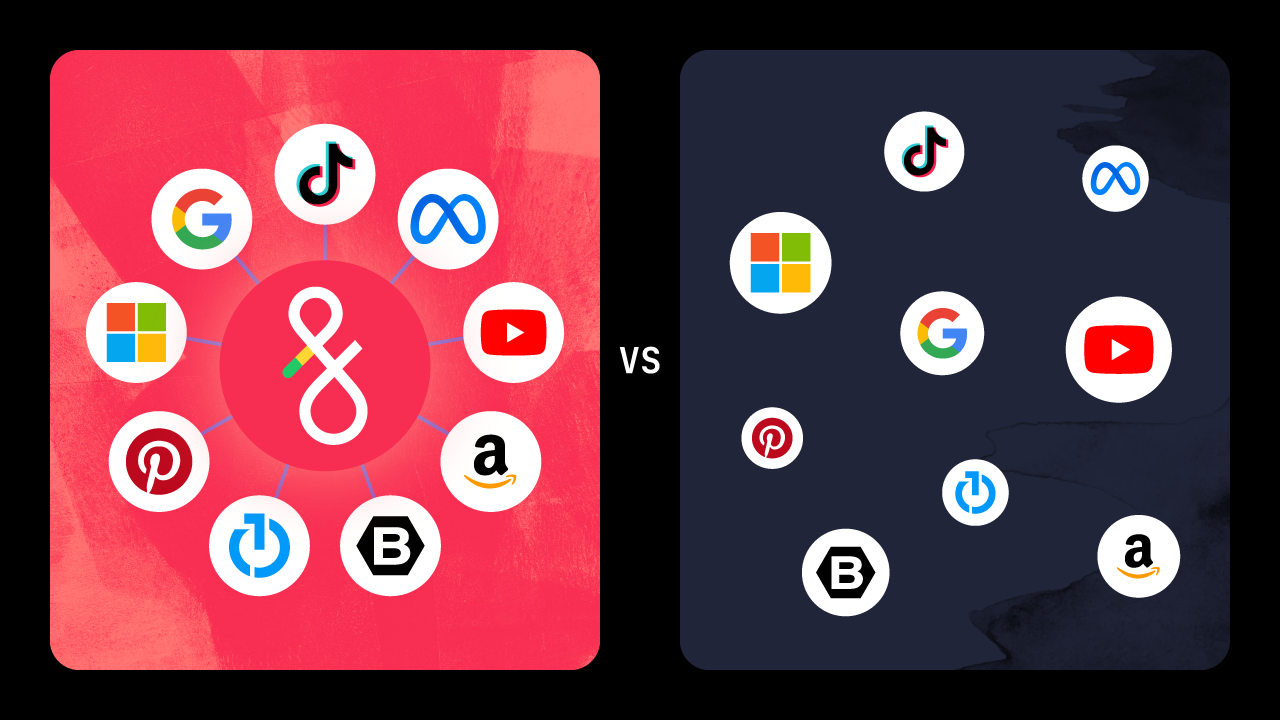When you think of step-changes in technology, inventions like the dishwasher or the vacuum cleaner — even the self-driving car — might come to mind. These innovations eliminate menial tasks like scrubbing dishes or navigating highways from daily routines and give people precious time back on increasingly busy days.
Robotic process automation (RPA) is another step-change designed to drastically reduce repetitive manual labor. Similar in some ways to AI, RPA has overhauled white-collar industries by automating dull, time-consuming processes like data merging. Among many financial benefits, it has given humans a newfound wealth of free time to focus on, well, better things.
RPA has been a quiet yet steady revolution. It’s not hard to see why the workforce innovation is attractive to a variety of industries. In 2020, around 8 in 10 corporate executives had implemented some form of RPA. Another 16% aimed to do so within three years.
One potential industry match made in heaven? RPA and digital advertising. Advertising account management is traditionally time and labor-intensive and businesses are constrained by capacity even while being fully digital. Those who reap time and financial benefits from RPA will undoubtedly become industry leaders in the near future. Here are three specific ways RPA for advertising can unlock your creative potential and top-tier account performance.
How RPA for advertising works
RPA makes businesses smarter and move faster. When it comes to performance marketing, automated thinking is one significant step up in the cognitive chain.
With RPA for advertising, teams can manage advertising account data in one sheet. This works via a difference processor that uses structured inputs (like form fields) and logic. The algorithm evaluates current data against past data and can make strategic real-time adjustments to managed ad accounts. The technology can:
- Minimize budget errors like underspend and overspend
- Save hundreds of hours for your business that would have been spent making manual adjustments and merges of account data.
- Reduce time spent on mindless tasks like updating monthly offers, applying new audiences to campaigns, and wrestling with budgets.
With menial, repetitive tasks off of employee’s to-do lists, how could your team better leverage brainpower when backed by automated account management?
How RPA for advertising fuels creativity
As we’ve said before, automation powers re-imagination. Both agency and in-house advertising teams benefit from RPA technology; it empowers any advertising team to be more creative, competitive, and innovative in a few ways:
1) Gain more time to think outside the box
Automated processes let you spend more time getting creative with your advertising. In the past, advertising strategists were hired as strategists but ended up wasting up to 80% of time on manual processes like campaign management that could be automated. This is a monumental shift for many businesses and the addition of RPA “thrills” employees once menial tasks are eliminated.
For advertising teams, the alleviation of manual labor is a gamechanger. Sharp minds can spend time brainstorming innovative ways to reach consumers, tweak messaging, and prioritize crafting an exceptional narrative or story around products — something humans still do best.
2) For agencies: Jumpstart proactive account strategies
Agency advertising teams manage hundreds, if not thousands of accounts. Each of these clients trusts the agency to optimize budget for the best messaging and outreach possible.
Sadly, the reality of advertising is agencies simply can’t hire enough pairs of eyes to survey every account. This means account emergencies go undetected until it’s too late, and opportunities for realignment or strategic spending go unnoticed.
With RPA for advertising, optimizations happen across every account as data changes. The technology continually merges and evaluates data to automate changes and recommendations for strategic management. Tactics like A/B testing can be deployed at scale. Your strategists can run with RPA-generated recommendations to craft stronger, more creative strategies for clients — and business referrals can take off as a result.
3) For in-house teams: Reduce turnover and prioritize strategic hires
Hiring for simple account oversight — or a pair of hands to hit buttons — also plagued in-house advertising or marketing teams. These monotonous tasks wasted valuable budgets and underutilized skilled team members who were quickly crushed by drudgery. SEM hires would churn regularly, which led to problems with management and institutional memory for growing companies.
RPA turns soul-crushing roles into inspiring ones; an inspired employee is up to 125% more productive than someone who’s simply “engaged”. The technology adds valuable time back into your employees' days; it doesn’t automate in-house talent out of jobs but rather lets you put that talent to use. RPA allows businesses to hire visionaries and retain inspired employees for lasting impact on operations.
In short, digital advertising is a game of creativity, and RPA is a strategic investment that allows teams to hire stronger players. For some advertisers, RPA can help businesses reduce headcount by 50% and increase book of business by 200%.
As the first and only RPA tool for advertising designed to automate account management, Fluency is here to help. No matter the industry, no matter the strategy, Fluency works with both agencies and in-house teams to achieve more, faster. Get in touch with our experts today.






